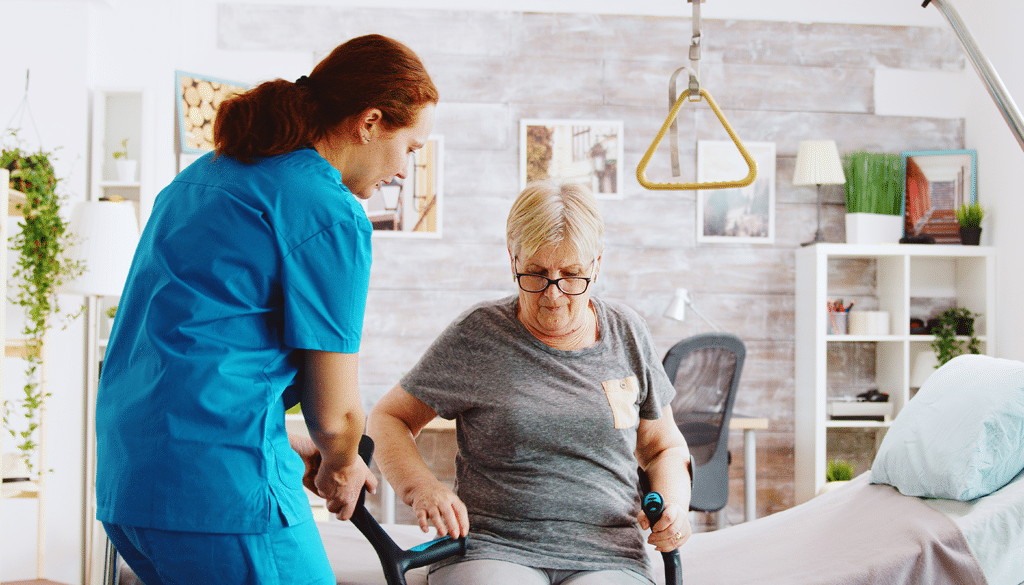What are the safety hazards of caregivers
Introduction:
Being a caregiver is a noble and demanding role that requires compassion, empathy, and immense dedication. Caregivers take on many responsibilities, from administering medication to assisting with daily activities, all while providing emotional support. However, amidst their unwavering commitment, caregivers often neglect their well-being, leaving them vulnerable to various safety hazards. Identifying and addressing these hazards is crucial to ensure the safety and health of both caregivers and those under their care. Let’s delve into the key safety hazards caregivers face and discover ways to mitigate these risks.
What are the safety hazards of caregivers?
- Physical Strain and Injury:
- Lifting and transferring patients can lead to back injuries and muscle strains.
- Suggestions: Utilize assistive devices like transfer belts or hoists, practice proper lifting techniques, seek help when needed, and engage in regular exercise and stretching to maintain physical fitness.
- Infection and Disease Transmission:
- Caregivers are at an increased risk of exposure to infectious diseases.
- Suggestions:
- Use personal protective equipment (PPE) such as gloves and masks.
- Follow proper hand hygiene protocols, including regular handwashing.
- Stay up-to-date on vaccinations, such as influenza and hepatitis.
- Suggestions:
- Emotional and Psychological Stress:
- Caregiving can lead to emotional exhaustion, anxiety, and depression.
- Suggestions:
- Seek support from counselling or therapy services.
- Practice self-care activities, such as exercising, mindfulness, or pursuing hobbies.
- Connect with support groups or online communities for caregivers to share experiences and seek advice.
- Suggestions:
- Medication Mismanagement:
- Administering medication incorrectly or missing doses can have serious consequences.
- Suggestions:
- Follow medication management plans meticulously.
- Utilize pill organizers or reminder apps to ensure timely administration.
- Communicate with healthcare professionals to clarify any doubts or concerns.
- Suggestions:
- Risk of Accidents and Falls:
- Caregivers may encounter hazards like slippery floors, cluttered spaces, or improper use of mobility aids.
- Suggestions:
- Create a safe environment by removing hazards and ensuring proper lighting.
- Use non-slip mats and railings in bathrooms and hallways.
- Suggestions:
- Caregivers may encounter hazards like slippery floors, cluttered spaces, or improper use of mobility aids.
- Administering medication incorrectly or missing doses can have serious consequences.
- Caregiving can lead to emotional exhaustion, anxiety, and depression.
- Caregivers are at an increased risk of exposure to infectious diseases.
- Lifting and transferring patients can lead to back injuries and muscle strains.
- Regularly assess the suitability of mobility aids and make necessary adjustments.
Conclusion:
As caregivers fulfill their crucial responsibilities, it is vital to prioritize their safety and well-being. The hazards they face, both physical and emotional, can have long-lasting consequences if left unaddressed. By implementing the suggested precautions and seeking support, caregivers can reduce these risks and continue providing high-quality care to their loved ones. Remember, by caring for yourself, you can better care for others.
To learn more about caregiver safety and support, contact us today:
- Phone: 1-833-237-4675
- Email: info@smpltec.com
- Website: smpltec.com
Protecting Those Who Care: Ensuring Safety for Caregivers and Their Loved Ones


















